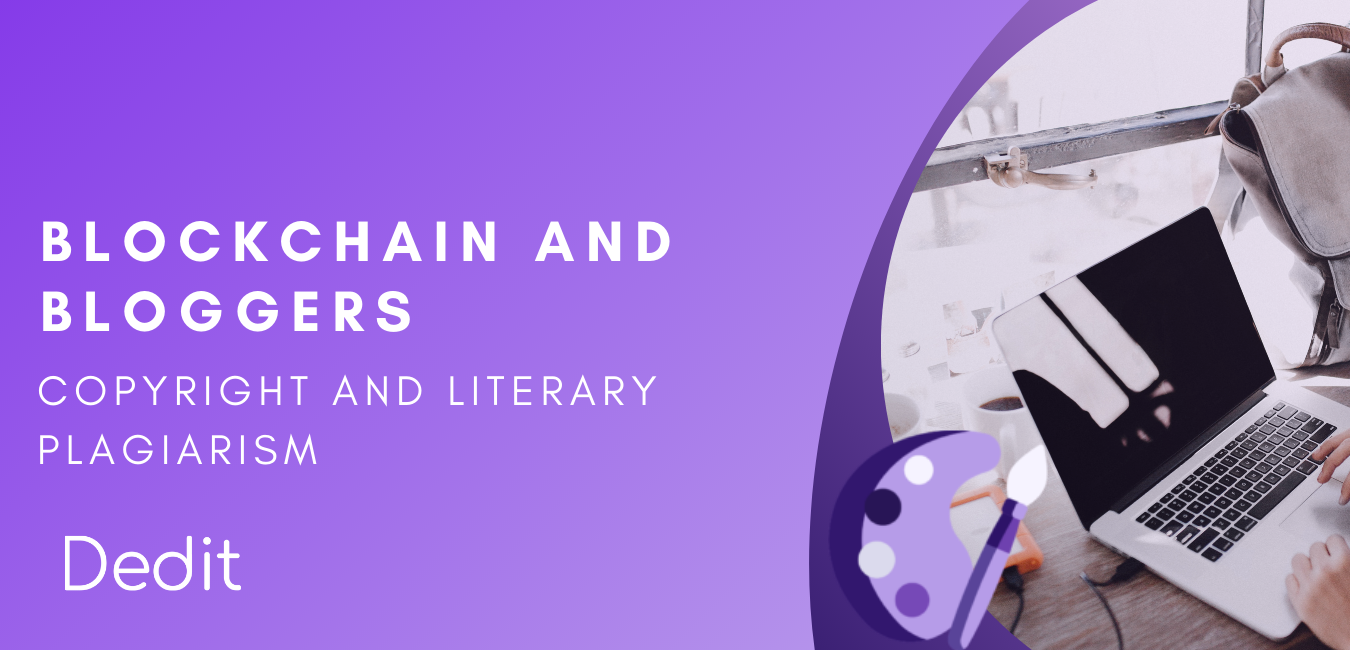
BLOCKCHAIN AND BLOGGERS
Blockchain technology consists of a shared and immutable register of transactions, organized in a ‘block-chain’ that is cryptographically linked to each other in such a way as to make it impossible to manipulate it: in fact, to change even a small piece of information, a person would have to modify the entire chain. Each piece of data, in order to be consolidated within a block, undergoes a validation process. And the same applies to each block before it is inserted into the ‘chain’.
HOW IT WORKS
The main actors in these processes are the blockchain nodes and the miners. The former are all the computers in the network that have downloaded the blockchain into their memory. While the latter are those who carry out the control of transactions. They use very powerful computers and a rather complex validation protocol.
The validation protocol is therefore the vital element of the blockchain. It is on this that factors such as the speed of the chain and its security depend. The algorithms that govern this process not only verify that each new entry meets certain criteria, but also prevent the data already on the chain from being tampered with.
WHY CHOOSE BLOCKCHAIN?
Today’s businesses are increasingly dependent on information. Obviously, the faster and more accurate the better. Therefore, blockchain is the ideal tool as it provides it in an immediate, shared and completely transparent way, stored in an immutable ledger.
As members share a single view of the truth, and it is possible to see all the details of a transaction, greater trust is generated, as well as new efficiencies and opportunities.
Bloggers and, more generally, all those who make money from their works, can also gain significant benefits from blockchain technology. Why?
HOW CAN BLOCKCHAIN HELP BLOGGERS?
The blockchain has become established in various fields, the most important of which are undoubtedly finance, insurance and law. Recently, it is also increasingly taking over the art sector, aiming to provide unforgeable proof of the existence of a digital file or document at a given time, but not only that.
This functionality can be useful for all those who run a blog with creative content produced directly by them, who could notarize it to prove that they created it before being victims of plagiarism or misappropriation. Thanks to the blockchain, this can even be done automatically. In the long term, this process will have important impacts in terms of transparency and reputation.
LITERARY PLAGIARISM
One of the biggest issues bloggers often interface with is literary plagiarism. This issue is not a recent one, but has been widespread since antiquity, so much so that it has come down to the present day, and with the arrival of the internet, it has spread even further.
In common usage, plagiarism is defined as “the act of a person who publishes or considers as his own the literary, scientific or artistic work of others, even if part of the work is included in his own without indicating the source”.
What should you do when you realize that you are the victim of plagiarism? Obviously, you should quickly contact a copyright specialist.
But, in addition to this first option, blockchain technology is increasingly mobilizing to become a valuable copyright protection tool, allowing bloggers, and more generally artists, to protect their works by providing them with a date stamp, proof of authorship and immutability over time. In fact, by notarizing a work or creative work on a blockchain, you will receive a document certifying the ownership and originality of the uploaded document.
THE CHINESE CASE
An early example of such use of the blockchain occurred in a 2018 dispute in China concerning the unauthorized republication by Shenzhen Daotong Technology Development Co., Ltd. of an article originally published in the Hangzhou Huatai Media Culture Media Co., Ltd. newspaper. The Court presided over by Judge Li Sha, found the evidence submitted, collected using blockchain technology, to be valid. Evidence in support of the originality and protectability of the unlawfully published article was provided by the plaintiff through the filing of website screenshots and source codes, both of which were uploaded to a blockchain provider.
Since then, the Chinese Supreme Court has ruled that evidence authenticated with blockchain technology is binding in legal disputes. However, China has a revolutionary approach: there are NetCourts, courts specialized in resolving disputes related to tort liability on the Internet and in the areas of intellectual property rights and administrative disputes, which use blockchain evidence and have even launched their own blockchain certification platforms.
Can this model be exported to Western jurisdictions? What is certain is that with the increasing reliance on the internet for both private and corporate matters, the number of disputes is likely to increase in the near future and blockchain will certainly be an important ally.
SIMPLIFICATION DECREE
Although no other country has yet actively followed the Chinese example of internet courts, in our jurisdiction Blockchain and copyright are connected through the “Simplifications” Decree on support and simplification for businesses and public administration, which was approved in March 2019 in Italy. This decree introduces the definition of “technologies based on distributed ledgers”, of which Blockchain is the best-known example, and gives legal validity to the registration of documentation through blockchain technology.
![]()
Dedit.io is our cross-blockchain notarization platform that allows you to securely certify, sign and share important documents and content by providing them with a certain date, digital signature, proof of authorship and immutability over time. Once a document has been archived, the platform generates a certificate proving registration and bearing the date and time of upload. In this way, the existence of that file at that particular time is made clear.
The advantages of this application are many. In addition to low and accessible costs, it ensures tamper-proofing, reliability, legal validity of the certificate and prevention of illegal behavior by third parties, while respecting confidentiality and privacy.